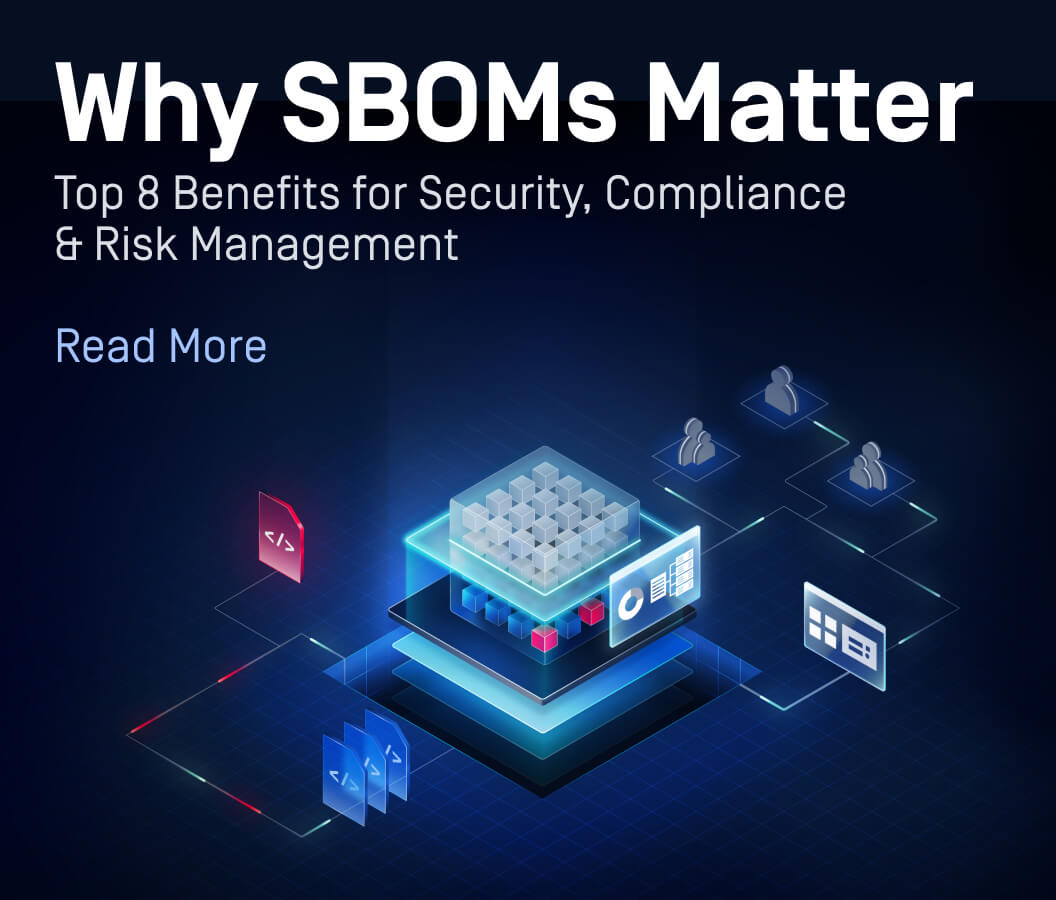Commonly used applications (Java, Adobe, web browsers, etc.) are major targets for cyber-attacks, especially if the software in question is out-of-date and unpatched. This issue is a major headache for network administrators, whose users can introduce a slew of security risks and leave the network open to data breaches simply by ignoring updates—yet these catastrophic breaches can often be prevented simply by installing software updates as soon as they are released!
Potentially unwanted applications (PUAs) like public file sharing networks and toolbar extensions are another commonly exploited security vulnerability, but they often avoid detection and are time-consuming to manually identify and remove. Not only do PUAs leave a device susceptible to attack, they can also slow down performance and silently collect highly PII.
The OESIS Framework allows software developers to build solutions that address these issues—giving their software the power to quickly check endpoints for potentially vulnerable applications, and then provide tools to update and secure the endpoint.
Watch the video below to learn more about the security risks posed by out-of-date applications and PUAs, and how your software could prevent these exploits by utilizing the Vulnerability Assessment Module of OESIS!
| [[nid:930]] |

